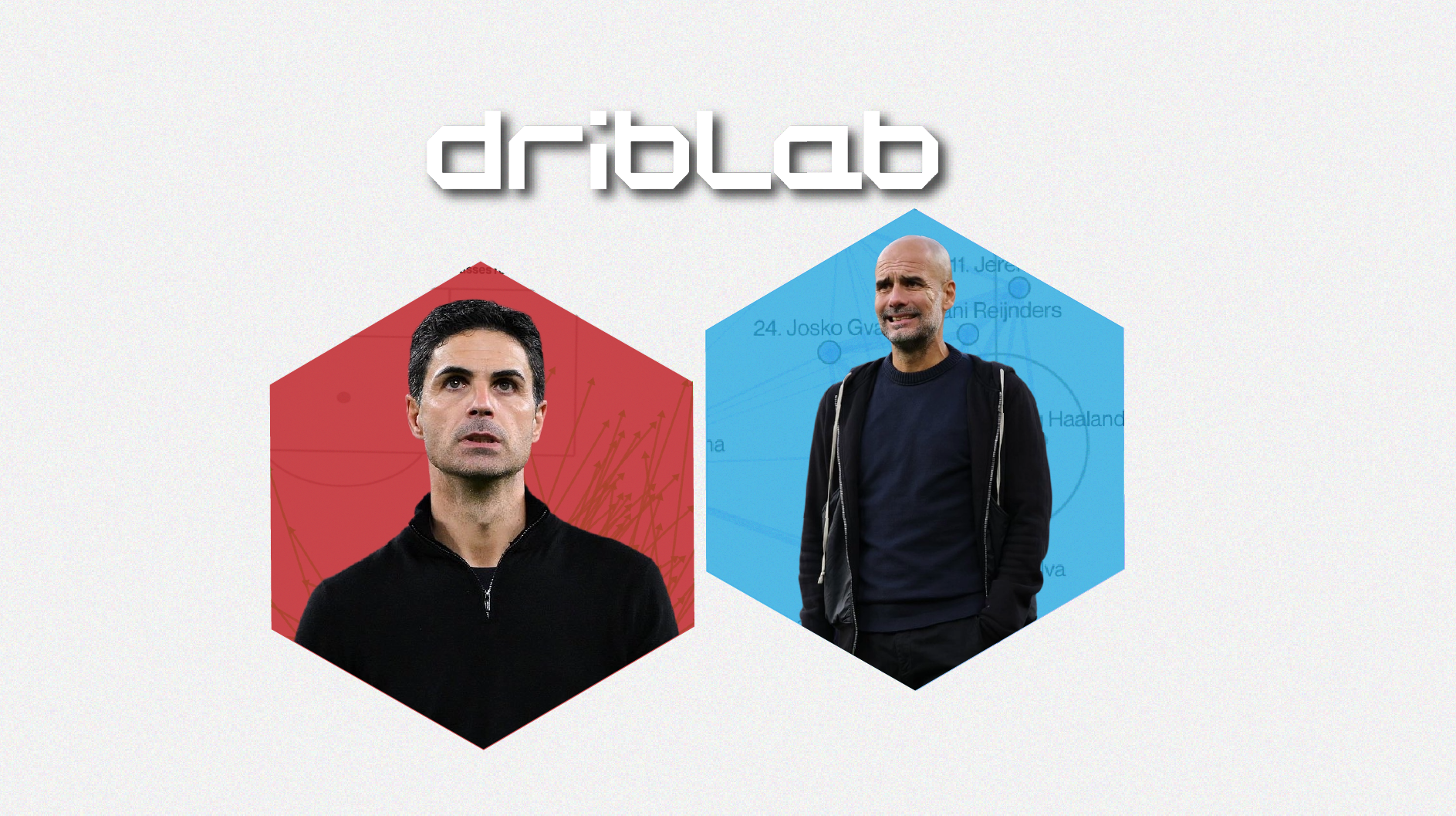"I'm just copying Pep, mate," Ange Postocoglou was quoted as saying when journalists began to wonder at Tottenham's start to the season. The Australian, a gamble seen as risky given his track record, is making a point of using inverted full-backs as one of the main innovations from Conte's time under Conte, who used wing-backs. "We work a lot on it. Sometimes it's about instinct, but it's about trying to create a system that is as fluid as possible. If there's space, forget you're a winger, you're a footballer in space, so go into space and then it's up to us to make sure we cover the gaps that are left."
That intention is becoming clear and is proving particularly effective and accurate for the short time Postecoglou and the squad have been together. With the Australian as an example we can visualise in different ways changes in style from past eras and ways of organising collectively. As Menotti would say, systems are just phone numbers, so it is more useful to understand the roles and the zones of influence and warmth of each player. In his debut match, this way of using the full-backs, Udogie and Emerson, was quickly proven.
A direct, simple and productive way to establish differences in style and organisation on and off the ball is to cross-reference data and metrics between two seasons. In the following radar we observe several very big differences: 11% more possession, shorter passes (15 metres on average to 17 in 22/23), PPDA (9.67 to 17.9), which is evidence of more intense, sustained and organised pressing, almost 1 more pass per possession (5.32 to 4.47) and 29 passes per long pass, when last season the long ball was every 14 short passes. A radical change.

As in most cases, trusting a coach who has coached Australia, Yokohama Marinos and Celtic is not easy for a big club, but the Australian's track record and evolution were his passport. Although against big teams (Australia in the World Cup or Celtic in European competitions), the team had to defend deep and give the ball away, Postecoglou was already being very proactive even without the quality he has now at Tottenham.

With the Australian national team he worked and managed to create a very fluid 4-3-3 with the ball, with a very solid organisation. Very solid and a firm commitment to improving players who are not used to playing like that. Meanwhile, in Glasgow, the team made a leap forward in many facets, especially in their ability to press and maintain a very high tempo in pressing after loss, as can be seen in the map of quick recoveries and aggressive actions that we see above.
Translating all this into a comparative performance, both with Tottenham 22/23, we choose two concrete metrics to understand well how to progress.

Now, let's look at where Tottenham were in those same stats last season, much further away from the top:

Ok, we might think that attrition and tension with Antonio Conte explained everything. And it probably did because Antonio Conte is one of the best coaches in the world, but even by Conte's standards, Postecoglou intends to surpass them. Those intentions, even as the matchdays go by, signal a desire to dominate much more, to change positions a lot and to play according to each action rather than a permanent position.
Founded in 2017 as a consultancy, Driblab has driven innovation through data in all aspects of professional football. Thanks to a transversal model, its database collects and models statistics in all directions. From converting matches and videos into bespoke data for training academies to developing cutting-edge technology, helping clubs, federations and representative agencies in talent scouting and transfer markets. Driblab’s smart data is used by clubs all over the world, with success stories such as Dinamo Zagreb, Real Betis and Girondins Bordeaux among others. Here you can find out more about how we work and what we offer.







